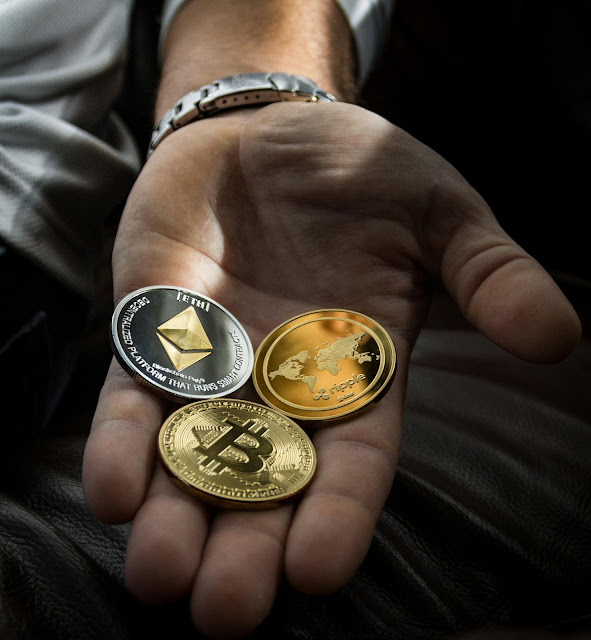What's Ethereum?
Ethereum is a global network of computers that abide by a set of guidelines known as the Ethereum protocol. The Ethereum network serves as the basis for openly developed communities, apps, organizations, and digital assets.
With an Ethereum account, you may browse a vast array of apps or create your own at any time and from any location. The main innovation is that you can do all of this without relying on a centralized authority that might impose restrictions on your access or alter the rules.
What is the potential of Ethereum?
All-inclusive banking
Financial services are not accessible to all people. However, all you really need is an internet connection to access Ethereum and the lending, borrowing, and savings products that are built upon it.
a free internet
The Ethereum network is open to everybody, and anyone can create applications on it. This gives you authority over your own possessions and identity rather than having a small number of extremely powerful businesses manage them.
a network of peers
With Ethereum, you may communicate with others directly to plan, negotiate, or transfer digital assets. You are not dependent on middlemen.
Censorship-averse
Ethereum is not governed by any organization or government. Because Ethereum is decentralized, it is very difficult for someone to prevent you from using services or getting payments.
Trade assurances
Clients possess aa safe, integrated guarantee that money will only be sent if you give what was agreed upon. Developers can also be sure that the regulations won't be changed against them.
Products that can be composed
Since every program is constructed on the same blockchain and has a common global state, they can build upon one another, much like Lego blocks. Better products, experiences, and guarantees that no one can delete the tools or apps that depend on them are made possible as a result.
Ethereum's past
In 2014, Vitalik Buterin—who is credited with creating Ethereum—released a white paper outlining the platform.
Buterin and Joe Lubin, the founder of the blockchain software startup ConsenSys, developed the Ethereum platform in 2015.
The Ethereum creators were among the first to see that blockchain technology might do much more than merely provide a safe online payment option.
With the introduction of Ethereum, ether has grown to be the second-largest cryptocurrency in terms of market value. Only Bitcoin ranks higher than it.
A Historical Divide
The hard fork, or split between Ethereum and Ethereum Classic, is one significant moment in Ethereum's history. In 2016, a project's smart contracts were taken over by a group of network users named The DAO to steal ether valued at around $50 million.
One reason for the raid's success was that a third-party developer was working on the new project. The majority of Ethereum users decided to invalidate the current Ethereum blockchain and approve a new blockchain with an updated history in order to undo the heist.
A small portion of the community did, nevertheless, decide to keep the Ethereum blockchain's initial version intact. Ethereum Classic (ETC) is the result of the permanent split of that unmodified version of Ethereum.
Verification of Stake Transition
Ethereum first employed a proof-of-work validation mechanism that was competitive, akin to Bitcoin. In 2022, Ethereum made the transition to proof-of-stake, which consumes significantly less energy and processing capacity, after years of development.
Dencun Modernization
March 13, 2024, saw the activation of the Dencun hard fork.
Proto-danksharding, so named in honor of its proposers, Dankrad Feist and Protolambda, was brought to the Ethereum mainchain by this hard fork. One of the first steps toward upcoming Ethereum blockchain updates is proto-danksharding.


Comments
Post a Comment